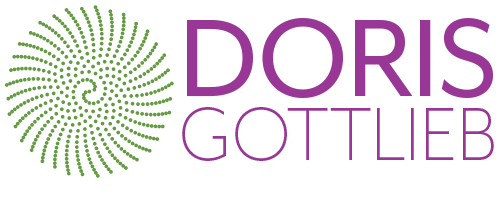The other day I received a note from one of my clients. In it she said: “Thank you for helping to remind me that the people I work with are human beings.”She went on to say how our work together helped her engage with one of her co-workers more fully. Because of this, they were able to resolve an ongoing conflict. Once she saw that her colleague was a whole human being and not just a limited version of a “worker” who didn’t want to comply, she found new ways to speak with him and understand his point of view, and — almost magically — from that moment new pathways for collaboration appeared. What’s more, they began to work together really productively and develop an appreciation for their differences.
I was moved by the message. I have learned over the years how much opportunity and connection appears when people meet in ways that allow them to remember that they are speaking to another human being who is a whole person.
It may sound obvious, that of course your colleagues are human beings and you meet as such, and yet, as the revelation of my client indicates, it is not something that can be taken for granted.
So how do you create the conditions to meet in ways that encourage the whole human being to be present at the meeting? .
One key is to create the right conditions in which to meet. How you meet is more important than who you meet. I have found this to be much more important than any sort of analysis of a person’s character or personality, or even their attitude about whatever you are meeting on. the basic principle underlying the meeting is that it should give space for all of you, Body, Mind, Emotions and Spirit. Knowledge, understanding and creativity sits throughout the body. When all aspects are present something I call three dimensionality occurs, your colleagues and their ideas and views become more alive. This makes it easier to accept differences and become curious about conflicting perspectives. The more you meet this way, the richer the picture becomes.
All of this happens by virtue of how you prepare and design the meeting. Below are some things you can use to start creating the right conditions for meetings no matter your age, your relative intellectual skill, or your profession.
A meeting is a place where you spend precious time and energy together. Being together should add value — — are you learning something? Is your contact with one another necessary? If not, don’t meet. If you just need to inform people of what is being done and they just need to say, “ok, I get it,” then don’t use a meeting get the information to them in another way.
Make your hopes and fears about the meeting transparent. Invite the people in the room to write and speak all of them out so that everyone knows what they are and you can manage them together. You would be surprised how liberating it is have these things out in the open, knowing that it is okay to have them, and see what they bring you.
Find ways for every voice to be heard. Often in meetings you end up with the people who like to speak most, end up being the same voices, this is not because they are the only ones who have something to say though. So you can be creative in finding ways to have other voices in the room. Here are two simple things you can try.
Before leaving a topic, let everyone know that even though all may have been said, you will leave space for a few moments for people to gather their thoughts and speak if they want. Ask people to reflect individually about whatever the topic/question is, give them two minutes of silence and only them invite to share individually only after those few moments of silence and ask others to just listen, not comment.
Perhaps the most important part of meeting people as human beings is to walk into every interaction believing that people are precious, that everyone has something to contribute and that people want to be useful,and it is your job together to find how to encourage that potential to shine through.
The most effective way I have encountered to create a robust meeting fabric comes from the Genuine Contact™ program and the method called Whole Person Process Facilitation. If you want to learn about Whole Person Process Facilitation then you can click here for more information or contact me at doris@dorisgottlieb.com.

